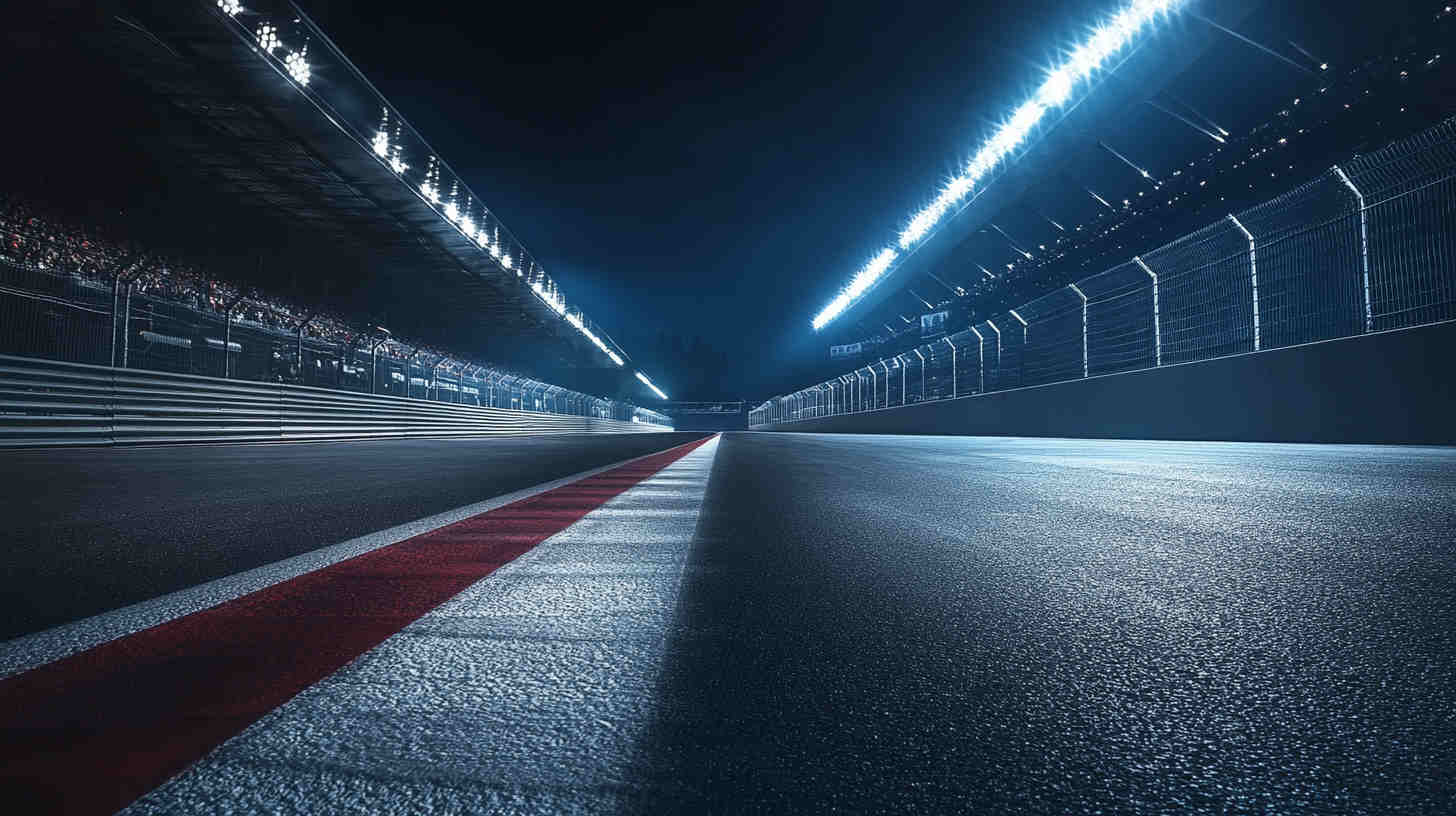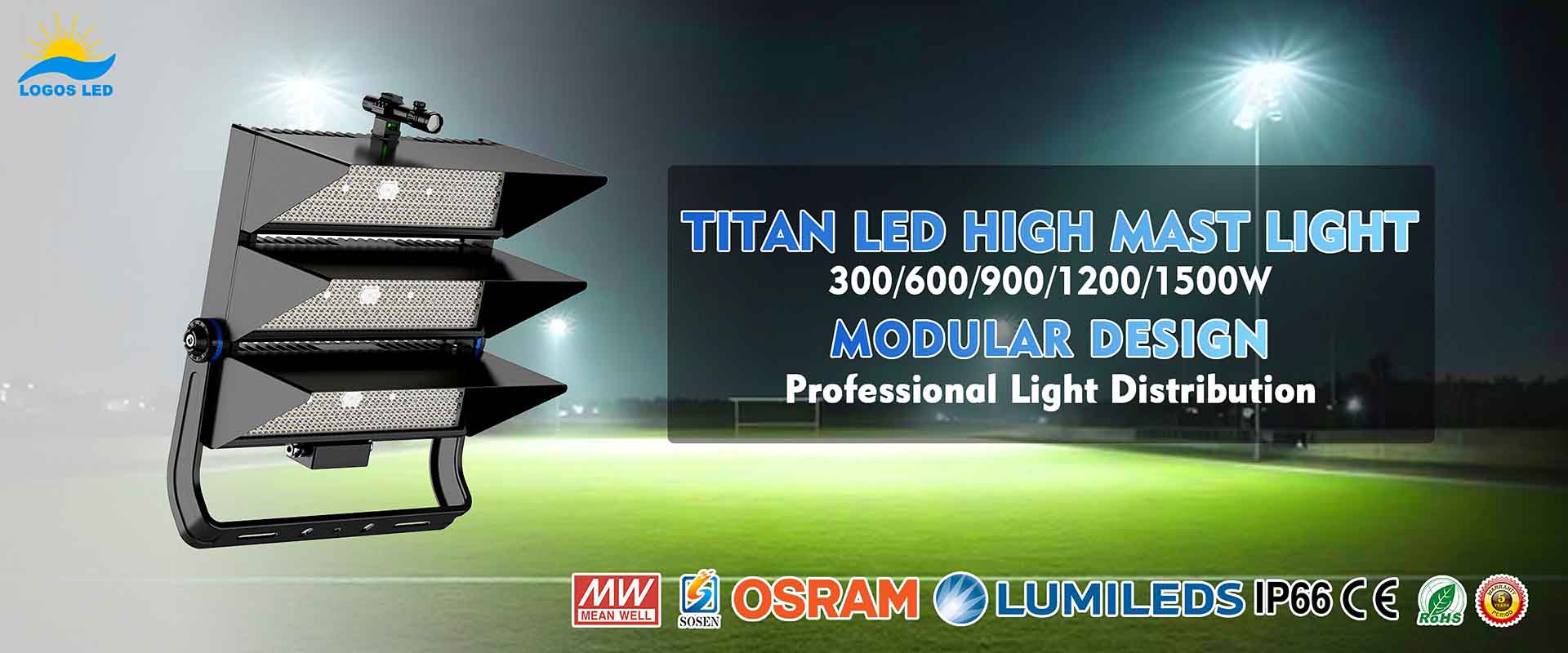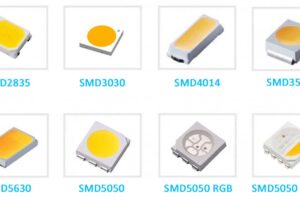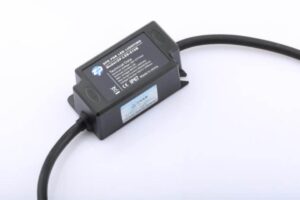Poor lighting on race tracks leads to accidents, reduced speed, and frustrated racers and fans. The wrong lighting kills the experience. The right setup makes all the difference.
Race track lights are powerful LED luminaires designed to provide uniform, glare-free illumination across high-speed tracks. They enhance driver visibility, reduce shadows, and improve safety during night events. Whether for car, motorcycle, karting, or drone racing, proper lighting ensures clear line-of-sight, better reaction times, and thrilling experiences for racers and spectators alike. LED race track lights also reduce energy costs and require minimal maintenance over time.
Want your track to look and perform like a pro venue? Let’s get into it.
Table of Contents
What Are Race Track Lights?
Race track lights are specialized high-output LED fixtures designed to illuminate wide, fast-moving environments like car racing tracks, horse racing arenas, or go-kart circuits. These lights must perform consistently under harsh conditions—think high speeds, dust, wind, rain, and continuous vibrations. They also have to operate for long hours without fail.
What sets race track lighting apart is its need for both power and precision. These lights must be bright enough to clearly light the track over long distances, yet focused enough to avoid glare and blind spots that could distract or endanger drivers.
Key Features of Race Track Lights:
- High lumen output for long-distance visibility.
- Special beam optics to project light evenly without scatter.
- Robust housing that resists weather, dust, and impact.
- Vibration-resistant components for long-term durability.
- Consistent color temperature (typically 5000K–5700K) for clear visibility and reduced driver fatigue.
These lights are usually installed on high poles or towers surrounding the track and angled precisely to avoid any shadows or dark zones. At Logos Lighting, we design and supply high mast lights and powerful LED floodlights specifically built for race track conditions. From design layout to fixture selection, every detail is optimized to keep the track fully lit and safe—lap after lap, night after night.

What Is the Purpose of a Track Light?
The main job of a track light is simple but critical—ensure visibility and safety during high-speed races. Whether it’s a Formula 1 circuit, a go-kart track, or even a drone racing arena, the lighting has to perform perfectly under pressure.
Here’s what track lighting must deliver:
- Clear Visual Paths: Drivers need to see every turn, straightaway, and obstacle without hesitation. Proper lighting keeps the racing line visible and predictable.
-
Depth Perception at High Speeds: Good lighting helps drivers judge distance and speed accurately. This is crucial when you’re flying down the track at over 200 km/h.
-
Uniform Lighting: Dark patches or uneven light can throw off a driver’s rhythm and focus. Track lights must deliver consistent brightness across the entire surface—no shadows, no surprises.
-
Reduced Glare: Bright doesn’t mean blinding. Lights must be angled and shielded to avoid glare that could disorient drivers or obscure the track.
A single poorly lit section could mean the difference between a clean lap and a crash. That’s why lighting design is just as important as the fixtures themselves.
And it’s not just for auto racing. Race track lighting is used for:
– Car and motorcycle circuits
– Horse racing arenas
– Go-kart and dirt tracks
– RC car tracks
– Drone and FPV racing courses
No matter the sport, the goal is the same—safe, smooth, and clear racing conditions from start to finish.

Types of Race Track Lighting
Lighting a race track isn’t a one-size-fits-all job. Different track types and layouts call for different lighting strategies. Whether it’s a car circuit, karting track, or drone racecourse, selecting the right type of fixture makes all the difference in performance and safety.
LED High Mast Lights
These are mounted on very tall poles, typically around the outer perimeter of large tracks. They’re designed to flood wide areas with even illumination. High mast lights are ideal for long circuits where consistent lighting over hundreds of meters is needed.
LED Flood Lights
Flood lights are used for more targeted lighting—perfect for straightaways, sharp curves, or specific zones needing extra attention. They provide intense brightness and are often installed closer to the action for focused coverage.
Adjustable Angle Lights
These lights are mounted on walls, towers, or poles and allow for fine-tuned aiming. The beam can be tilted or rotated to highlight tricky corners, hairpin turns, or critical braking zones. This flexibility makes them a favorite for technical track layouts.
Stadium-Grade Lights
These are high-performance fixtures with high CRI (Color Rendering Index) and flicker-free output. They’re especially important for tracks that host televised events or require high-definition camera feeds. With better color clarity and no flicker, they enhance the experience for both drivers and viewers.
At Logos Lighting, we supply all these types—tailored to your specific race track setup. Whether you need custom optics for curved sections or weatherproof options for humid environments, we’ve got solutions rated IP66 for water resistance and IK08 for impact protection. Every light is built to handle speed, shock, and unpredictable weather—all while keeping the race lit from start to finish.

Lighting Requirements for Race Tracks
Lighting a race track isn’t just about brightness—it’s about precision, safety, and consistency. At high speeds, even minor lighting flaws can create serious risks. That’s why race track lighting must meet strict performance criteria to ensure drivers see clearly and react quickly, no matter the time of day or weather.
Here’s what we typically recommend for a well-lit and safe race track:
Average Illuminance
- Car Racing Tracks: 300 to 500 lux across the surface.
- Go-Kart Tracks or Smaller Circuits: Around 200 lux is usually sufficient.
These levels help maintain clear visibility of the racing line, corners, and braking zones.
Uniformity Ratio
- Minimum Recommended: 0.4 or better (ratio of minimum to average lux).
Uniform lighting reduces shadows and visual confusion. Uneven lighting can lead to missed turns, slower lap times, or dangerous driving conditions.
Color Temperature
- 5000K to 6000K (Daylight White):
This range delivers crisp, natural visibility without straining the eyes. It’s especially useful for maintaining depth perception during fast-paced night racing.
Color Rendering Index (CRI)
- 70+ CRI: Adequate for general visibility.
- 80+ CRI: Preferred for professional racing events or when broadcasting is involved. A higher CRI makes colors on vehicles, signage, and safety markings more visible and vibrant.
Glare Control
Lighting must meet UGR (Unified Glare Rating) standards to reduce driver eye strain and prevent temporary vision loss. Glare is not just uncomfortable—it’s dangerous at high speeds.
Additional Considerations
- Pole Placement and Height: Impacts beam spread, shadow control, and uniformity.
- Fixture Tilt and Beam Angle: Affects how far and how evenly the light travels across the track.
- Weatherproofing: Use IP66-rated fixtures for durability in rain, dust, and humidity.
We use DIALux software to simulate the entire lighting plan—adjusting every detail before installation. This gives you a full photometric layout, ensuring your race track lighting is optimized for both safety and performance.
What Is the Best Lighting Design for Racing Areas?
Lighting a racing area isn’t just about visibility—it’s about safety, control, and creating a top-tier experience for drivers and spectators alike. Over the years, I’ve learned that the best lighting designs follow a layered, strategic approach tailored to the specific track layout and usage.
1. Use Layered Lighting Zones
The best setups combine different types of lighting. Use high mast lights to provide wide, even coverage over the track. Add LED flood lights to target tight corners, braking zones, and pit areas where precision lighting is crucial. This layered approach eliminates dark spots and maintains consistent visibility across the entire course.
2. Position Poles Strategically
Light poles should never obstruct driver sightlines or sit in high-risk impact zones. Mount them outside the safety barriers and space them evenly to support uniform light distribution. Pole height typically ranges from 12 to 25 meters, depending on the size of the track and the beam angle of your fixtures.
3. Go With High-Efficiency Fixtures
Race tracks require a lot of light, but that doesn’t mean your energy bill has to skyrocket. Choose LED fixtures with 140 lumens per watt or more. High-efficiency lighting reduces energy consumption while still delivering the brightness needed for fast, high-visibility action.
4. Plan for Redundancy
In racing, a single light failure can create dangerous shadows. Avoid this by overlapping beam coverage between fixtures. If one light goes down, the adjacent ones should still keep the area lit. Think of it like insurance for visibility.
5. Add Control Systems
Modern lighting design includes smart features like dimming, motion sensors, and scheduling. Use photocells for dusk-to-dawn operation, or create preset lighting levels for practice sessions, public events, or full-speed race nights. These systems boost flexibility and efficiency without sacrificing performance.
What are race track lights at night? They’re more than just brightness—they’re a built-in safety net, a way to showcase your venue, and a major part of the racer and fan experience. Get the design right, and your track becomes more than just a course—it becomes a destination.

Summary
The right race track lighting transforms the driving experience—improving safety, performance, and visual appeal. From high mast LEDs to targeted floodlights, the right setup ensures your race event looks sharp and runs smooth every time.
Need help designing or sourcing the best lighting for your race track? Just feel free to contact us directly, we’ll make sure your lighting’s fast, focused, and built to win.




